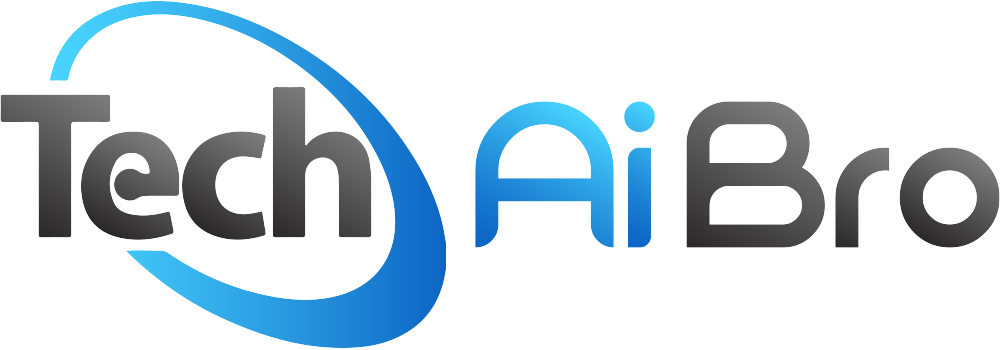In today’s world, coding is an important skill, and learning it at an early age comes with several advantages. One of the best ways to introduce new learners, including kids and students, to coding is by using interactive and friendly microcontrollers. YOLOBIT is such a microcontroller that makes learning how to code fun, simple, and educational. It operates on a light-weighted programming language aimed at microcontrollers – MicroPython.
In this article, we will describe YOLOBIT, its features, how to install it, how to write your first MicroPython application, and some more project ideas to aid in further learning and development.
What is YOLOBIT?
The development board, YOLOBIT, was crafted to help students and novices of coding and electronics put their concepts into practice. Its processor is ESP32-based, so it supports MicroPython, which enables coding and IoT prototyping with ease.
YOLOBIT’s Key Features Are:
Built-in LED Matrix: A 5×5 LED display capable of visual output.
- Multiple Input/Output Ports: Supports interfacing with other devices such as sensors, motors, and other electronics.
- Wi-Fi and Bluetooth connectivity: This enables IoT-based applications.
- MicroPython Support: An easy-to-use, powerful, and Pythonic microcontroller language.
- User-Friendly Interface: The UI is intuitive, targeted at newbies, and designed to be plug-and-play.
Why Choose MicroPython for YOLOBIT?
MicroPython is a type of programming language tailored for microcontrollers. MicroPython is a good pick for novices due to the following reasons:
- Readability: One of the most distinct characteristics of Python is its very readable code.
- Resource Scarcity: It functions effectively on microcontrollers that have little hardware to work with.
- Immediate Feedback: Testing and debugging can be done instantly through the REPL.
- Broad Base of Support: Since Python, the programming language, is widely known, support systems are readily available.
With MicroPython, users can easily write software, manage hardware, and develop engaging projects with YOLOBIT nationally without an extensive understanding of electronics.
Setting Up YOLOBIT for MicroPython Programming
The steps to follow when programming using YOLOBIT are as follows.
Step 1: Get Everything Ready.
Before you start, make sure you have the following:
- * YOLOBIT microcontroller board
- * USB cable to connect it to your computer.
- * Microcontroller Capable of computer and internet-enabled.
- * Thonny IDE or uPyCraft IDE installed on your device to write and execute MicroPython code.
Step 2: Download Compatible Software
Download Thonny IDE:
- Go to thonny.org and get the most recent version available.
- Then run the installer and set it up on your system.
- Connect the YOLOBIT board with your PC:
- Connect the board using a USB cable.
If any drivers were included with the product, make sure that they are correctly plugged into the computer.
- Using Thonny Open IDE:
- Set the interpreter to MicroPython (ESP32).
- Select the proper type of port cable (it is typically set up on its own).
Step 3: Create Your First Code in MicroPython.
Once your setup is complete, you can start coding! Here’s a simple example for making an LED on YOLOBIT blink:
from yolobit import *
import time
while True:
display.show(Image.HEART)
time.sleep(1)
display.clear()
time.sleep(1)
- To summarize, the script makes use of all vital modules.
- It is every so often displaying a heart sign on the LED matrix.
- The time. sleep(1) method causes a delay of 1 second every 1-second interval before further commands are executed.
Exploring More YOLOBIT Projects
After getting accustomed to YOLOBIT programming, you can attempt more advanced works like:
-
Temperature Monitoring System
Construct a temperature monitoring system using a temperature sensor and YOLOBIT. This system works in real-time, meaning users can get real-time readings. By working on this project, users learn how to work with sensors and take temperature readings with MicroPython.
-
Smart Home Automation
Breathe more advanced life into the popular trend of the Internet of Things, and utilize YOLOBIT to control devices around your home. For instance, YOLOBIT can be connected with a relay module that will turn on or off appliances through a smartphone app.
-
Get started with simple games.
Use YOLOBIT’s display and buttons to create LED-based, fairly simple interactive games. A great starter project is a reaction time game in which an LED lights up and the user is prompted to press a button, which is timed.
-
Robotics for Kids at School
Use motors and the available output ports on YOLOBIT to build simple robots. Combining YOLOBIT with servo motors and some sensors allows you to create robotic arms or the simplest self-driving cars.
-
Systems for Environmental Monitoring
With YOLOBIT, you can monitor and display or upload real-time environmental conditions like temperature, humidity, and air quality data on an LED matrix or a cloud server.
Tips for Beginners
- Initial Approach: Tackle straightforward exercises before progressing onto more sophisticated work.
- Make Use of Online Materials: Tutorials, forums, and documents are available for MicroPython and YOLOBIT, so make use of them.
- Research and Build: Combine assorted sensors and components to make creative, one-of-a-kind projects.
- Always Debug: Get into the habit of learning how to fix problems in your code. These will save you a lot of time and frustration.
- Become a Member: Join online groups and forums to ask for assistance and show other people what you made.
Conclusion
The combination of YOLOBIT and MicroPython is a great way to learn programming and electronics. YOLOBIT makes coding and IoT easy and fun, no matter if you’re a student, teacher, or hobbyist. In this guide, learn how you can step into the world of microcontrollers and build projects easily.
Make sure you follow Techaibro for more updates about programming.

